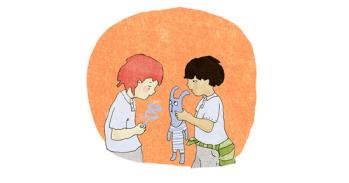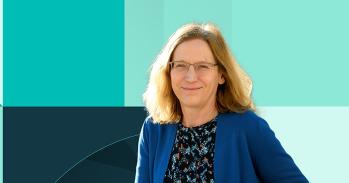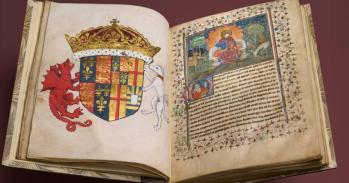Watch how a group of teenagers taking part in a Cambridge University archaeological dig unexpectedly unearthed the mysterious remains of a woman who could be more than 1,000 years old.
Watch how a group of teenagers taking part in a Cambridge University archaeological dig unexpectedly unearthed the mysterious remains of a woman who could be more than 1,000 years old.
Watch how a group of teenagers taking part in a Cambridge University archaeological dig unexpectedly unearthed the mysterious remains of a woman who could be more than 1,000 years old.
Pupils from Sir John Leman High School in Beccles and Kirkley Community High School in Lowestoft uncovered the ancient skull during a Higher Education Field Academy dig in the village of Chediston, near Halesworth. The dig was organised by Cambridge University archaeologist Carenza Lewis - familiar to television viewers from Channel 4's Time Team.
Cambridge University experts believe that the body, the rest of which is likely to lie east beyond the excavated area, belonged to an adult woman who lived in the village either in medieval or Anglo-Saxon times. But the site of the burial is mystifying, leading to questions about who she actually was.
In particular, the woman was buried outside the churchyard - although tantalisingly close to it. The burial site is just a stone's throw from the graveyard of St Mary's Church (itself an ancient site) and there have been no other human remains found so far in the immediate area.
"At the moment we don't know why this woman was buried outside the graveyard. She may have committed some awful crime, or been thought not to be Christian," Carenza said.
From the medieval period onwards it was firmly believed that burial in unconsecrated ground condemned the soul to limbo, with no chance of ever going to heaven. People who could not be buried on consecrated ground included suicides, criminals, un-baptised babies and non-Christians, although the Church usually tried to apply such rules as charitably as possible, denying as few people as possible the awful fate of perpetual limbo.
The woman was, however, buried oriented east to west, the standard form of Christian burial, suggesting that those who buried her must have considered her to be a Christian. With this in mind, the other possibility experts are considering is that the burial of this woman actually occurred longer ago, before the graveyard occupied its present position.
"The skull was found in an area of the village that in the past has turned up pottery and other remains that are late Anglo-Saxon in date, including a timber building," Carenza added. "It may be that a church much older than the present building stood near here before the Norman Conquest, and that the body we found was buried in its graveyard, which was in a different place to the one we know today. Discoveries of this sort are very rare, and so this is very important. If this theory is correct, it is likely there will be other bodies buried nearby."
The dig in Chediston was part of an ongoing series of Higher Education Field Academies run by Access Cambridge Archaeology. The scheme, based at the University of Cambridge, aims to bring together school pupils, rural residents, local history societies and the University in an ongoing archaeological investigation into the development of villages and hamlets across the country.
Young people have the chance to run their own mini-excavations over two days and the hope is that this will give them the chance to develop skills, confidence and enthusiasm for attending university in the future. Previous Field Academies have generated a 60% increase in numbers wanting to go on to higher education.
At the same time, the project is revealing important new information about the development of different communities dotted around the English countryside and their past.
"Archaeology is quite a unique subject in that, with the right expert support, you can get involved and actually make important new discoveries without any previous experience," Carenza, who directs Access Cambridge Archaeology, added.
"This kind of find is part of the beauty of these field academies. We don't know what's out there and what the results are going to be - we send these children to live excavation sites, and the evidence they uncover can be quite spectacular."
For further information about the field academies and Access Cambridge Archaeology as a whole, visit the website linked to the right of this page.
This work is licensed under a Creative Commons Licence. If you use this content on your site please link back to this page.





